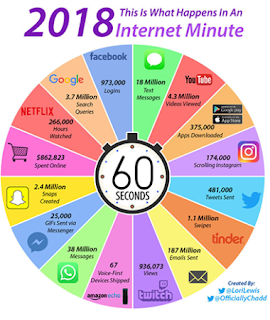I termed 'Block Coffee' from Block chain technology enabled Coffee industry.
The Coffee Board of India has launched a pilot blockchain-based e-marketplace in order to integrate coffee farmers with markets. On 28 Mar, Indian Ministry of Commerce and Industry (MCI) announced the idea to reduce the number of intermediaries between coffee growers and buyers - "bean to coffee".
According to Indian business publication Business Line, the application will initially launch in a pilot phase with a limited number of growers for the next four to five months. Should the test prove successful it will be expanded to all growers in the country. There are over 350,000 coffee growers in India, according to Business Line.
Blockchain has been actively adopted by food producers around the world in a bid to bring more efficiency to their supply chains. Recently, the United States National Pork Board partnered with startup ripe.io to test out a blockchain platform for pork supply chains.
This new platform will purportedly enable the Board to monitor and evaluate sustainability practices, food safety standards, livestock health, and environmental protections.









